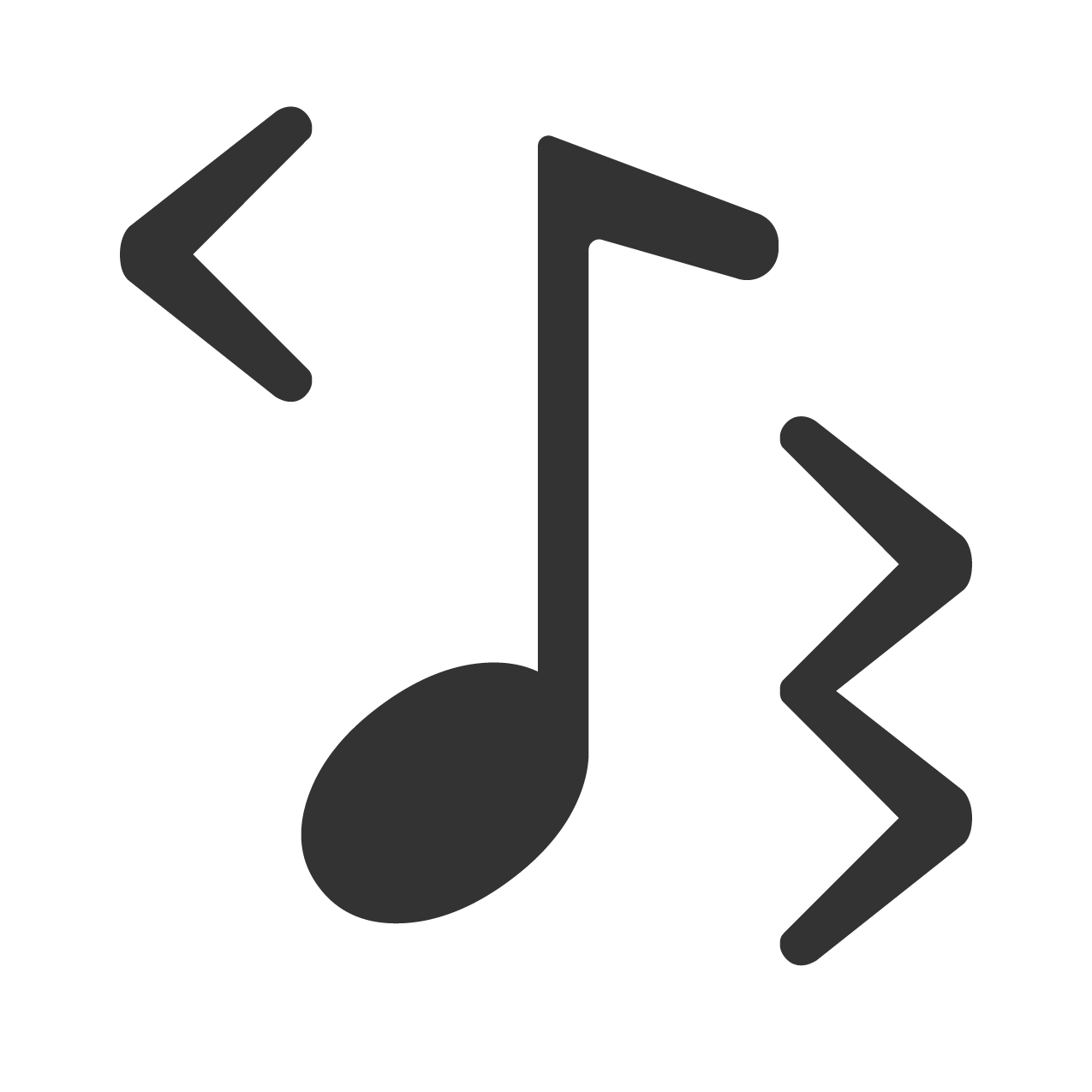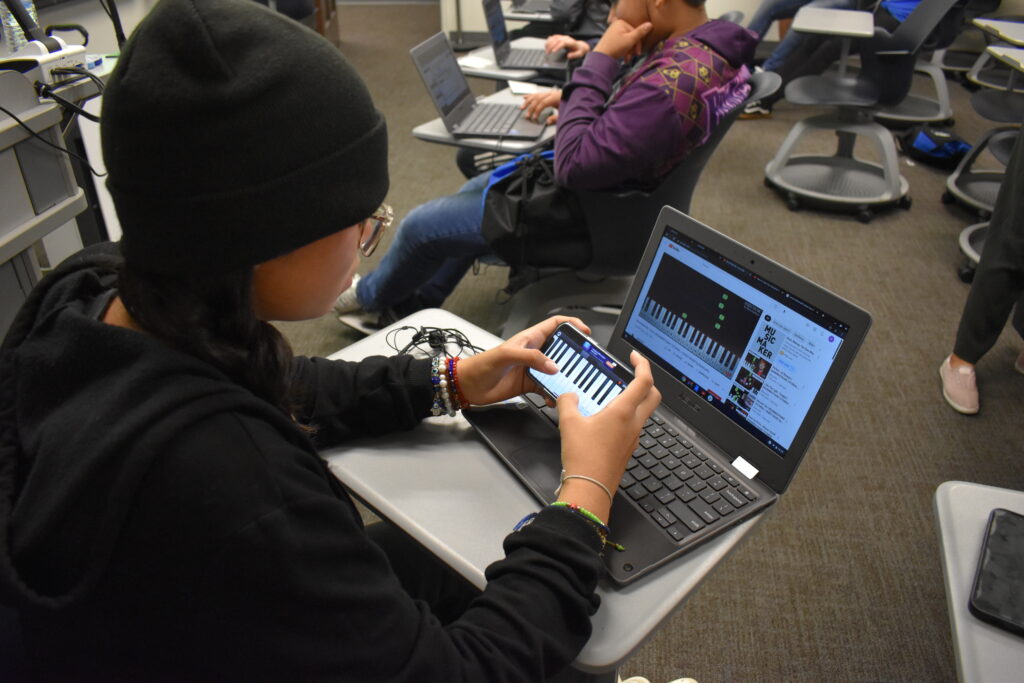
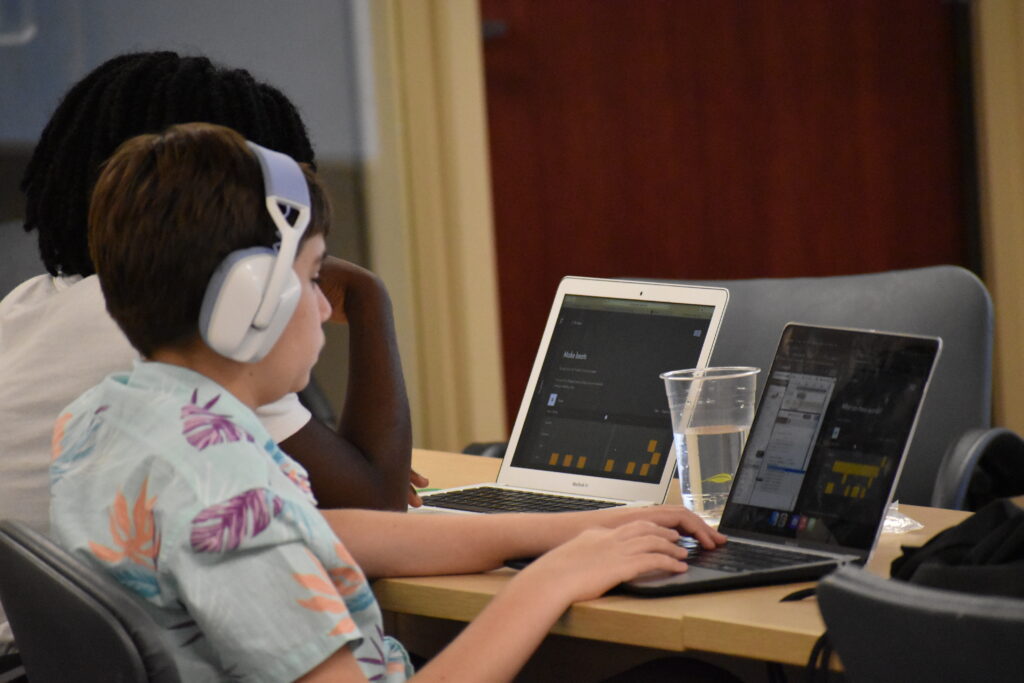
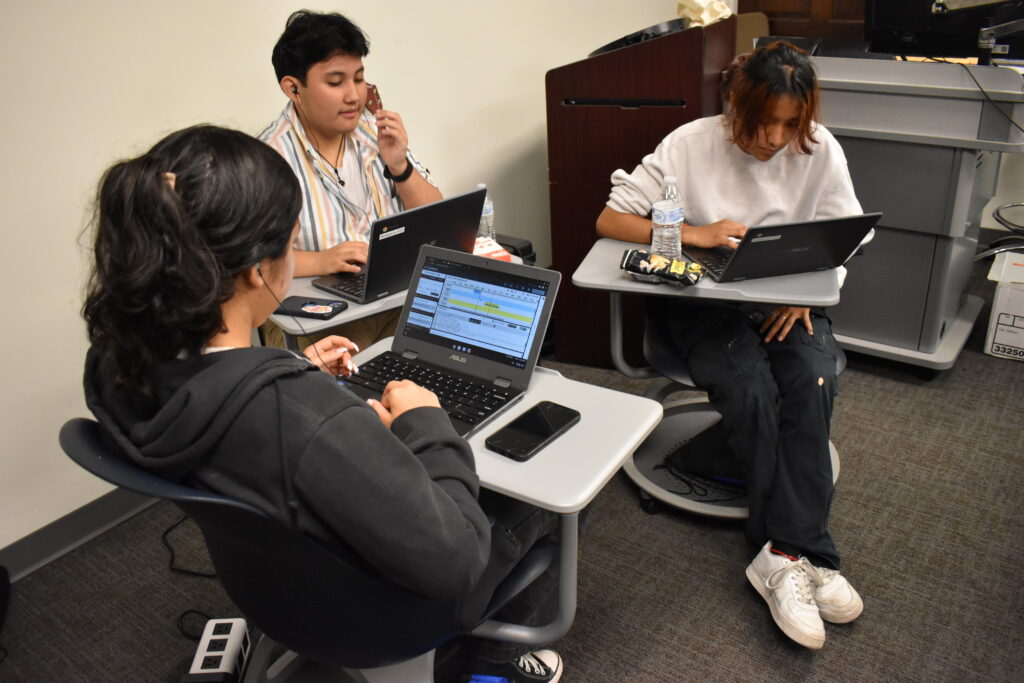

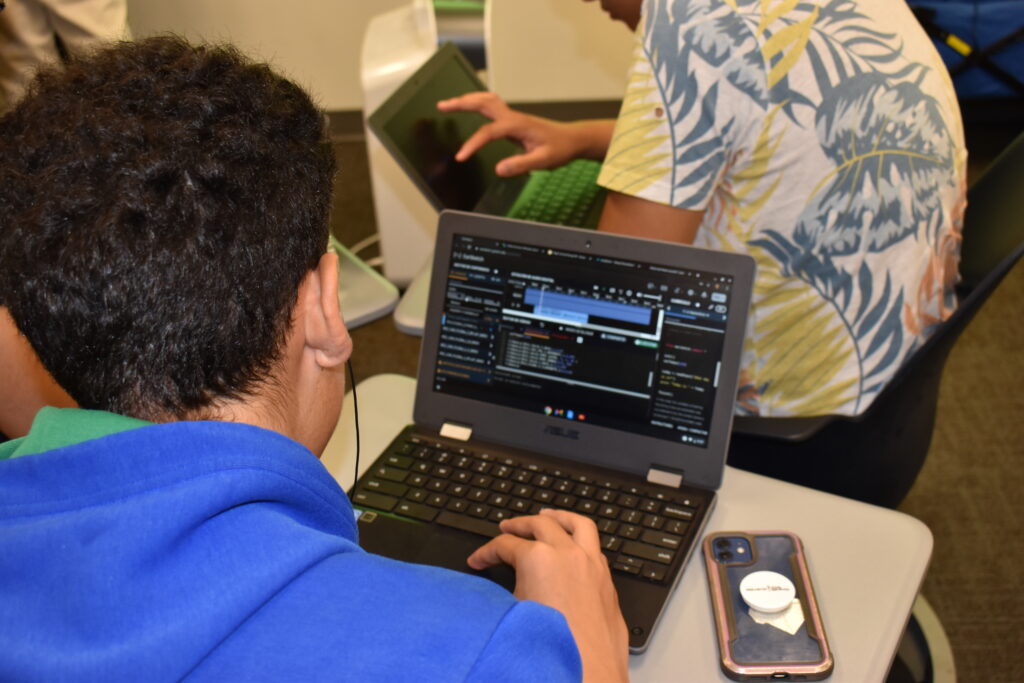
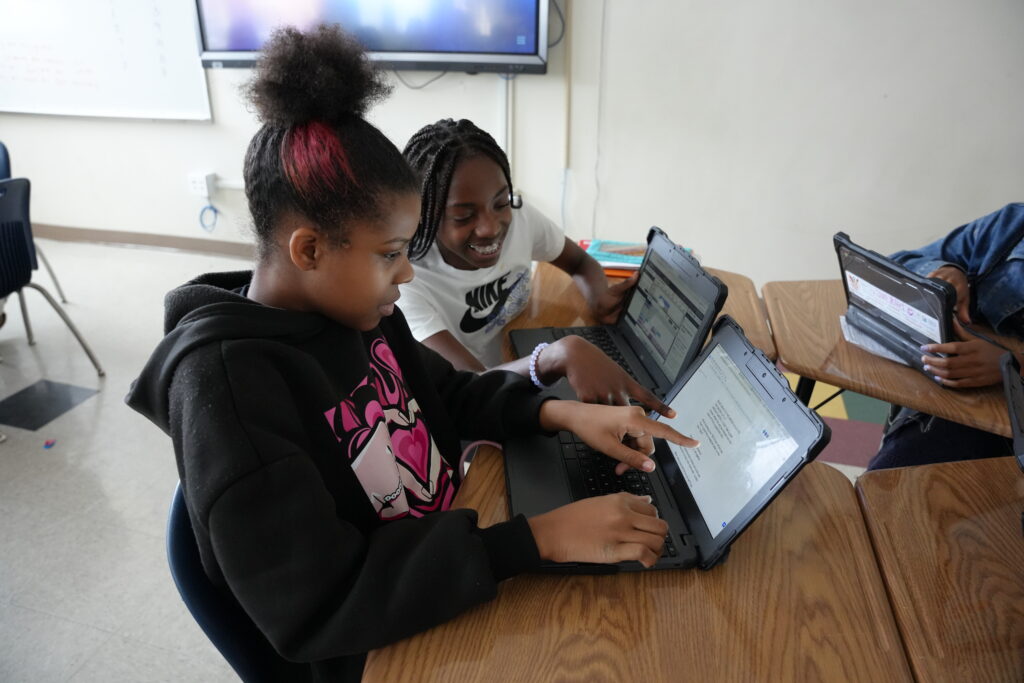
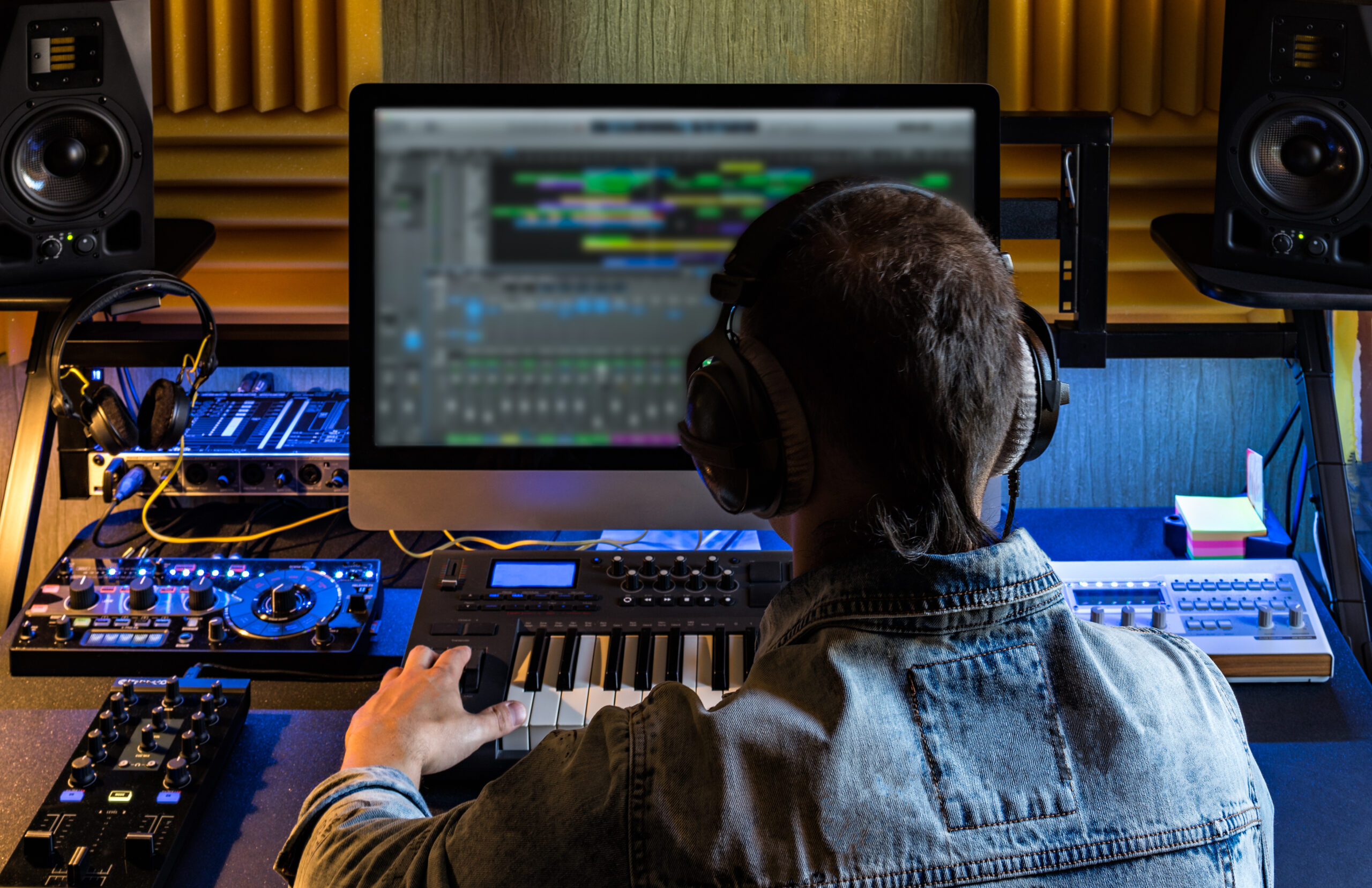
UNIT 1:
Introduction to Music Technology
Introduces the students to the history of recorded music in society and culture, careers in music technology related fields, the fundamental electronic and digital equipment used in music creation and recording, introduction to the DAW and sequencing, and using the DAW as a musical instrument.
Pacing: 2 weeks.
Standards:
HSMTC1.CN.2: Relate musical ideas to varied contexts and daily life to deepen understanding.
HSMTC1.CN.3: Explore careers in music technology.
HSMTC1.CN.4: Understand the major hardware and software components of a computer system, live sound amplification, recording techniques and their interactions.
Foundations of Computer Programming:
MS-CS-FCP-4 Design, develop, debug, and implement computer programs.
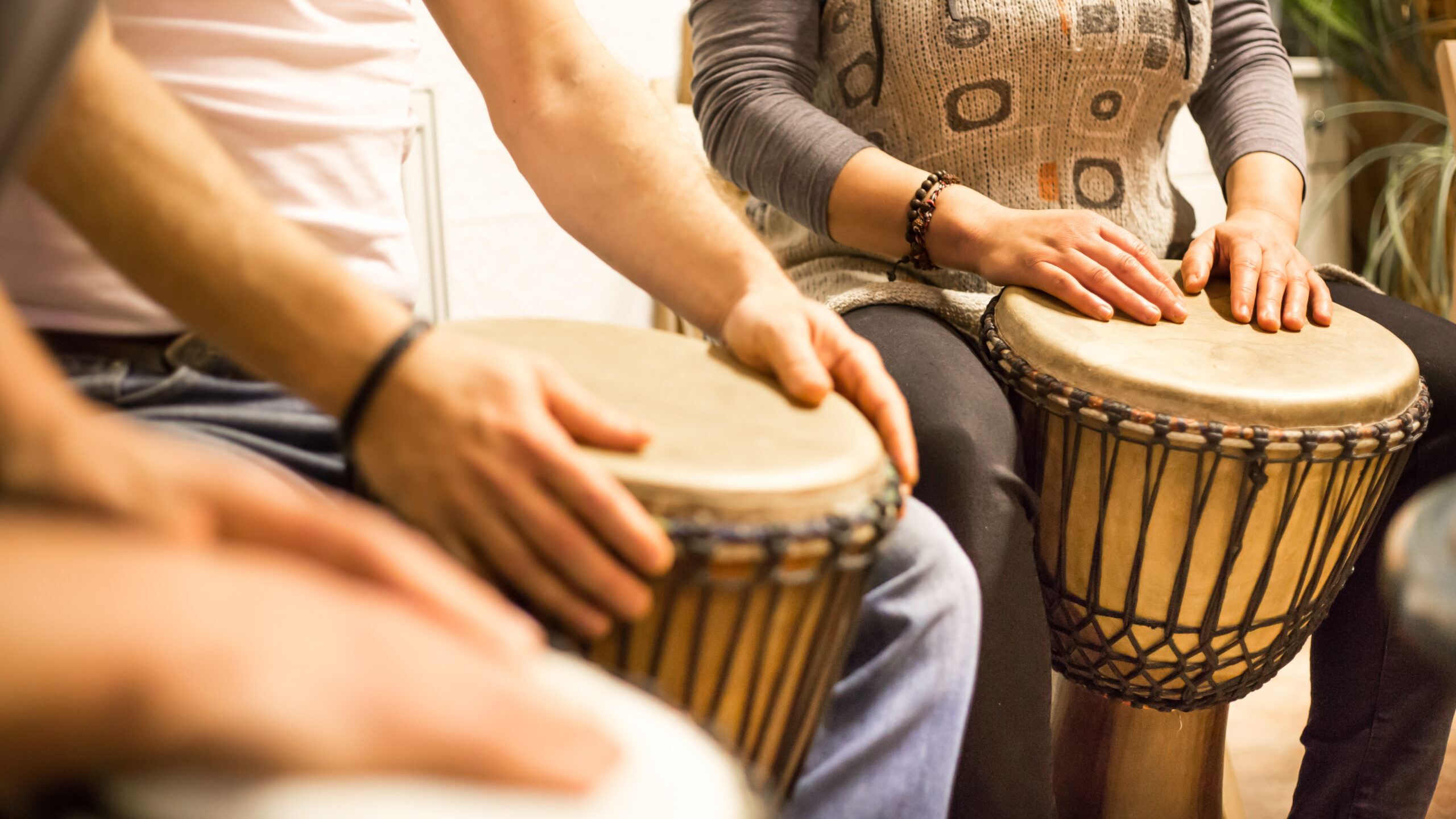
UNIT 2:
Form and Rhythm in Music
Introduces the students to the elements of form and rhythm in music. Students will learn how to use the digital tools at their disposal to generate rhythmic ideas and use repetition and pattern to create standard musical forms.
Pacing: 2-3 weeks.
Standards:
HSMTC1.CR.1: Generate musical ideas for various purposes and contexts.
HSMTC1.CR.2: Select and develop musical ideas for defined purposes and contexts.
HSMTC1.PR.3: Develop personal interpretations that consider the intent of the creator and/or performer.
HSMTC1.PR.4: Evaluate and refine personal and ensemble performances, individually or in collaboration with others.
Foundations of Computer Programming:
MS-CS-FCP-6: Create digital artifacts to address a current issue requiring resolution.

UNIT 3:
Melody in Music
Introduces the students to the element of melody in music. Students will learn basic music theory concepts and how to use the digital tools at their disposal to generate melodic ideas and finished melodies.
Pacing: 2-3 weeks.
Standards:
HSMTC1.CR.3: Evaluate and refine selected musical ideas to create musical works (e.g. arrangement, composition, improvisation, mixed-media project, orchestration, sound design) that meets appropriate criteria.
HSMTC1.CN.1: Synthesize and relate knowledge and personal experiences to make music.
Foundations of Computer Programming:
MS-CS-FCP-6: Create digital artifacts to address a current issue requiring resolution.
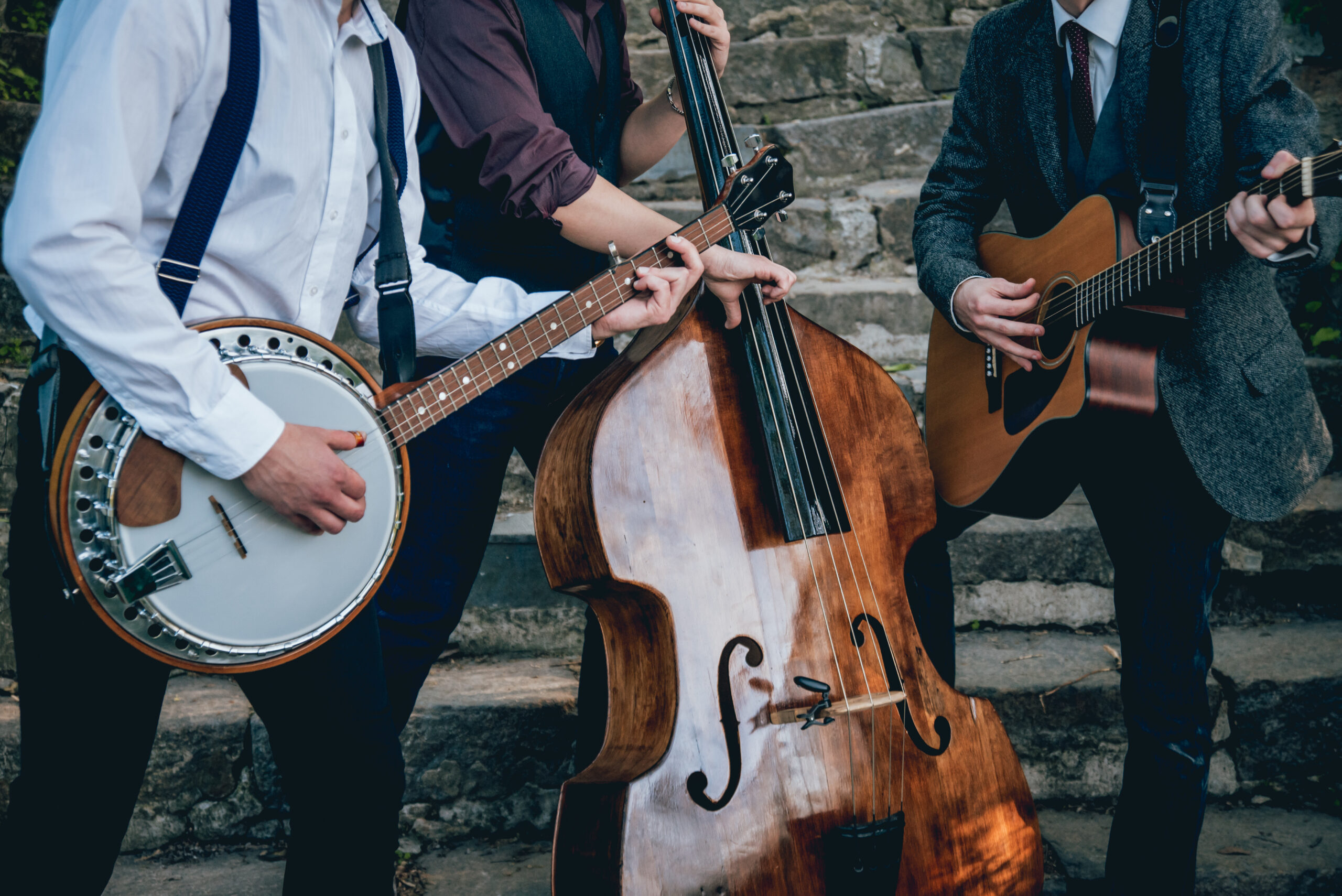
UNIT 4:
Harmony in Music
Introduces the students to the element of harmony in music. Students will learn basic music theory concepts and how to use the digital tools at their disposal to generate harmonic ideas and progressions.
Pacing: 2-3 weeks.
Standards:
HSMTC1.CR.4: Share creative musical work (e.g. arrangement, composition, improvisation, mixed-media project, orchestration, sound design) that conveys intent, demonstrates craftsmanship, and exhibits originality.
HSMTC1.PR.2: Analyze the structure and context of varied musical works (e.g. arrangement, composition, improvisation, mixed-media project, orchestration, sound design) and their effects on performance.
HSMTC1.RE.1: Choose appropriate music for a specific purpose or situation.
HSMTC1.RE.3: Support interpretations of musical works (e.g. arrangement, composition, improvisation, mixed-media project, orchestration, sound design) that reflect the expressive intent of creators/performers.
Foundations of Computer Programming
MS-CS-FCP-3: Utilize computational thinking to solve problems.
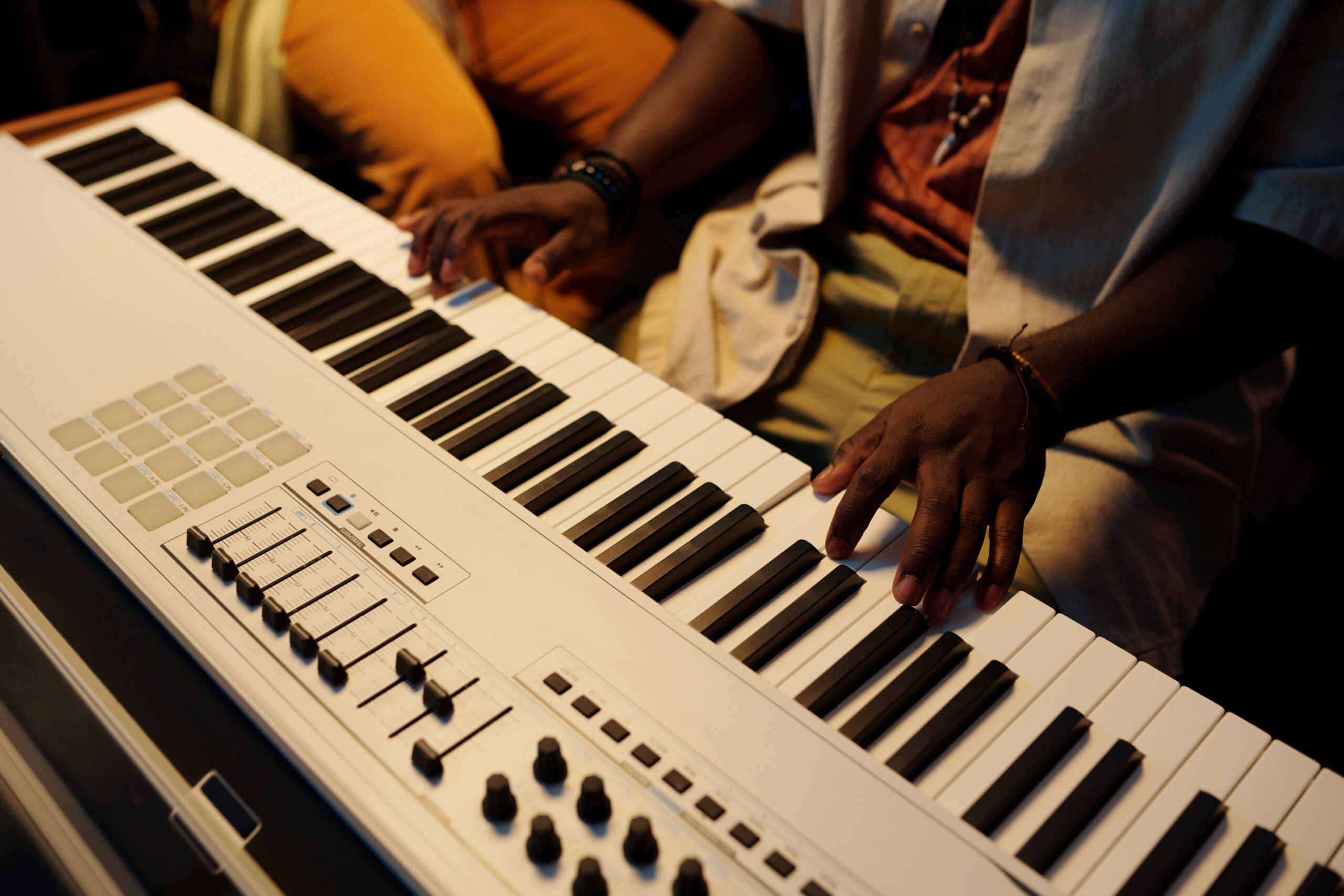
UNIT 5:
What makes Music so expressive?
Students will be able to define, identify, and describe the expressive intent of music based on the use and manipulation of the elements of music and the digital tools available in the creation and recording of music.
Pacing: 2-3 weeks.
Concepts:
- Musical intent and context
- Interpretation and variation
- Dynamics and style

Looking for
Professional Development
Support?


